In November last year, Aston Martin launched not one but two new Vantage cars.
On the same day that it pulled the covers off its new sports car, it also unveiled the Vantage GTE, the racing version that will tackle this weekend’s Le Mans 24 Hours.
Launching the cars together wasn’t just symbolic: it was a sign of their entwined development. While Aston Martin’s development team at Gaydon crafted the road-going Vantage, the Prodrive-run Aston Martin Racing (AMR) in Banbury was working on the track version.
The previous-generation Vantage V8 GTE, which ended its Le Mans career with a class victory in 2017, was essentially a compromised design. The team had taken an existing road car and done their best to make a GT racer out of it. Launched in 2012, it was an evolution of the old Vantage GT2 racer that dated from 2008, which was in turn based on the road car launched in 2005.
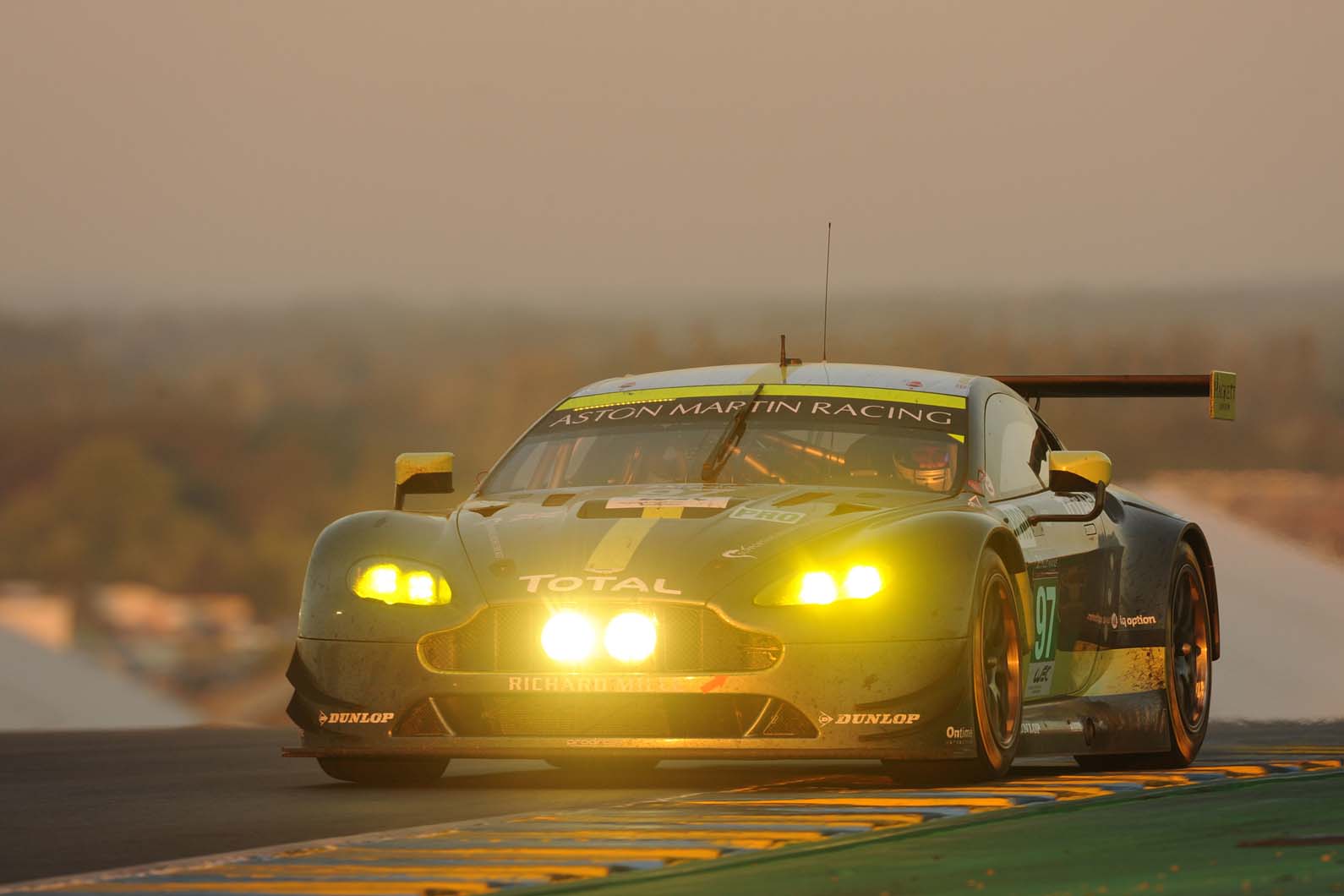
Since then, the face of the GTE class has changed. Rival cars – most notably the Ford GT – have subverted the rules by essentially being developed in reverse: design the racing car first and then make a road-going version to satisfy the rules.
In pictures: crazy cars that went from race track to road
The Vantage GTE isn’t quite that extreme, but the philosophy is similar. “To succeed in GT racing now, you have to develop the racing car at the same time as the road car,” says Dan Sayers, AMR’s technical director. “We didn’t have a huge influence in the design of the road car but we spent lots of time at Gaydon with the road car team. Having visibility of the design at a far earlier stage than usual meant we could understand the construction of the car far better. That was a massive benefit. We could do all the design analysis early on and then really work on the optimum solution for structural parts, aerodynamics, bodywork and so on.”


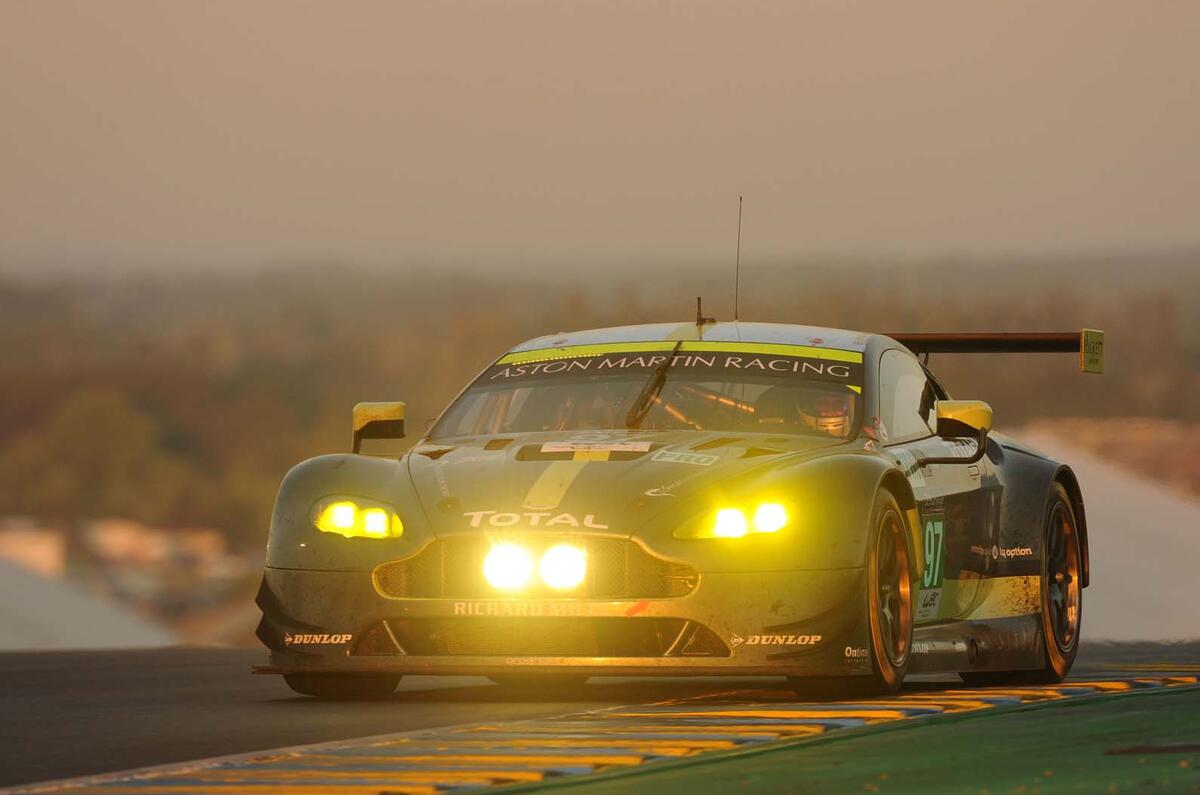
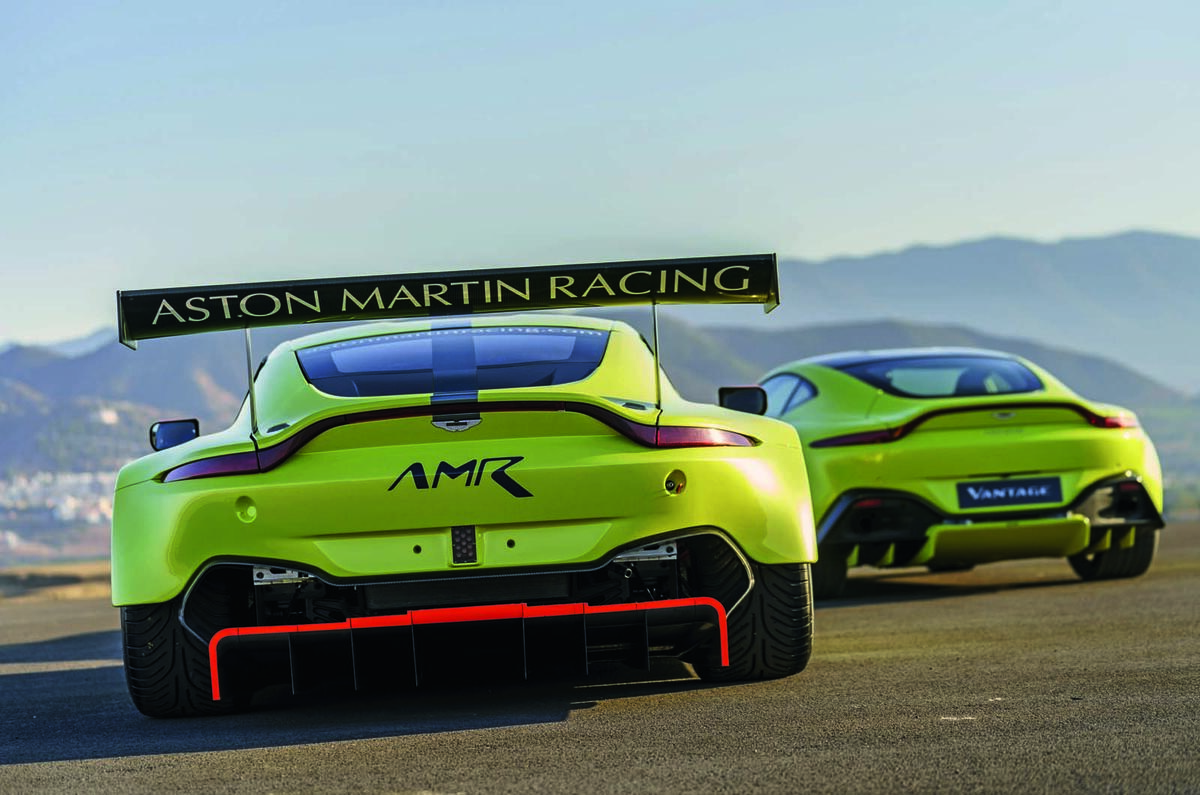
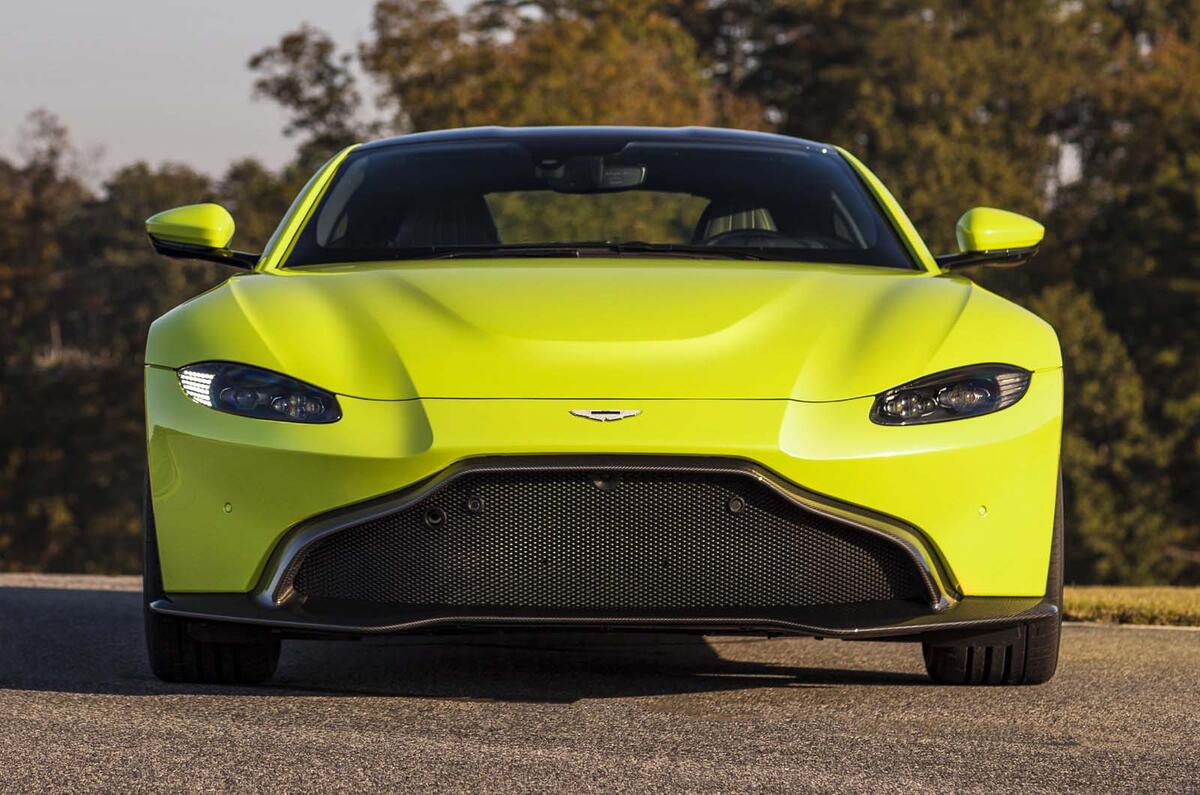





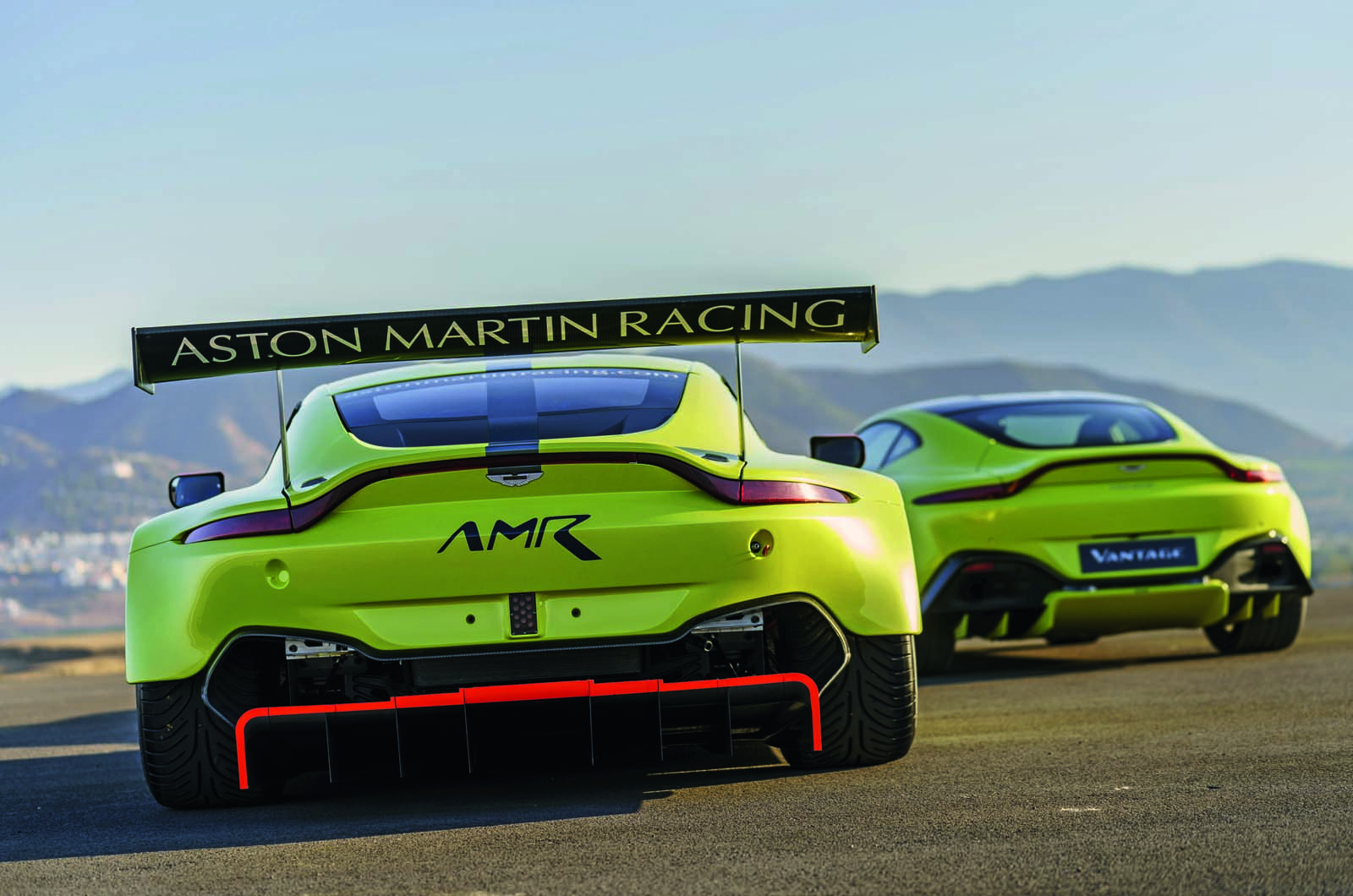






Join the debate
Add your comment
I love endurance racing
I love endurance racing because it shows that the manufacturer can build something that is fast AND durable. The sad part to me is that the engine -- a rather important part -- isn't an Aston engine anymore. I loved watching and LISTENING to the "old" Vantage race -- that wonderful sound was an Aston engine's sound, and its success said a lot about the company and the car. The new one's sound isn't an Aston engine's sound, so I'll get no joy whatsover from hearing it. In fact, it will make me sad, and it won't say anything at all about Aston's ability to build a competitive race engine -- because it isn't.
Greatest GT racing car ever
The previous Vantage must surely be regarded as the greatest GT racing car ever. It won numerous races and championships, especially in the WEC, and despite being around for 10 years or so it also saw off numerous newer cars too like the Ford GT, Ferrari 458 and 488 and the 997 and 991 versions of the 911 RSR.
The Vantage road car...
still looks pretty racy IMO. Particularly the carbon rear diffuser. Necessary? Don't think so. Nicely integrated? You be the judge. Nonetheless, I'm looking fwd to the Le Mans race. Btw, why is McLaren absent? Again.